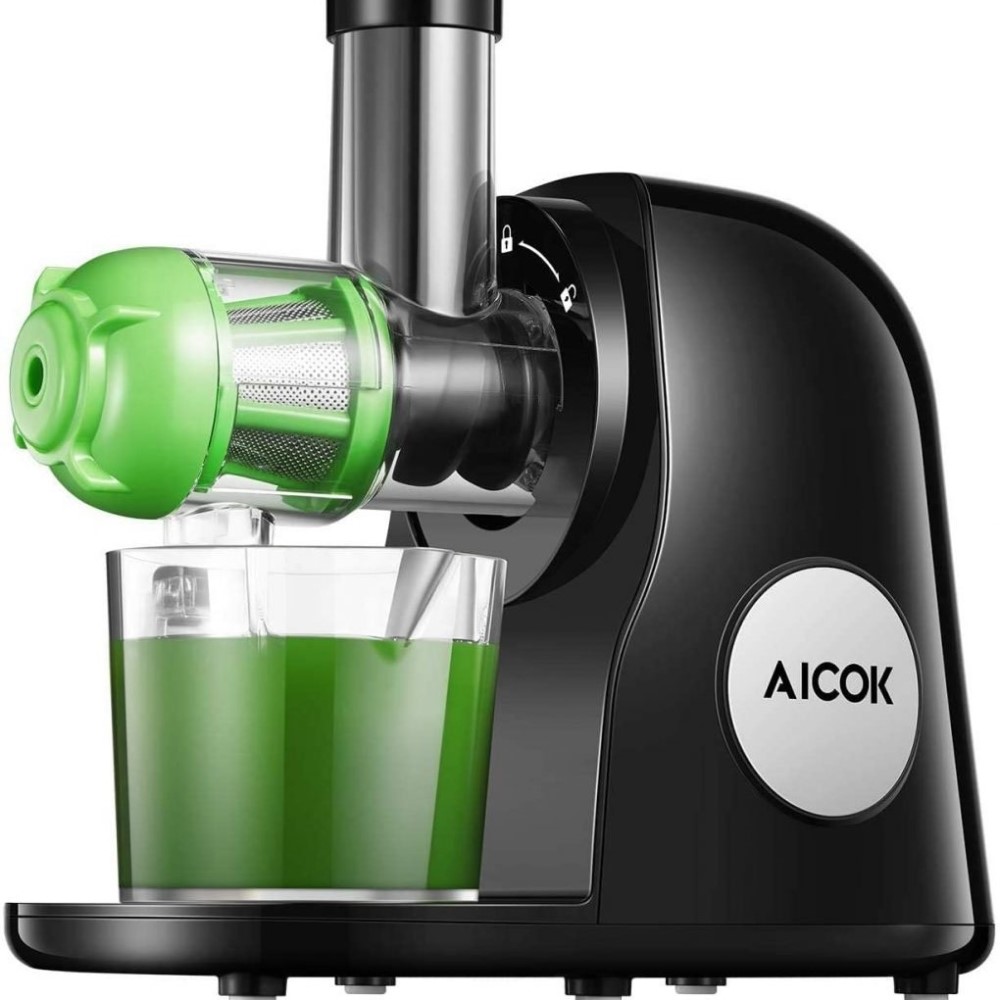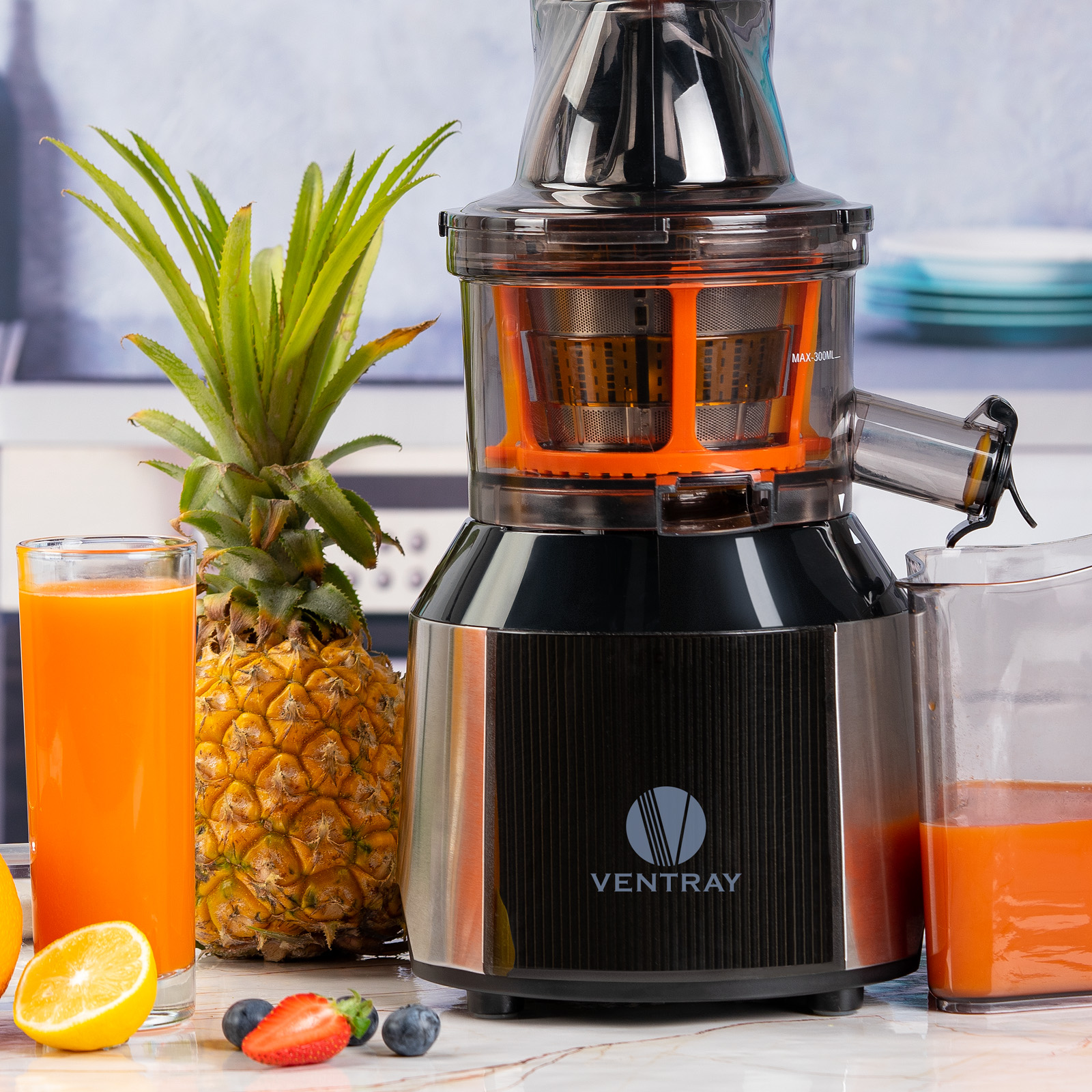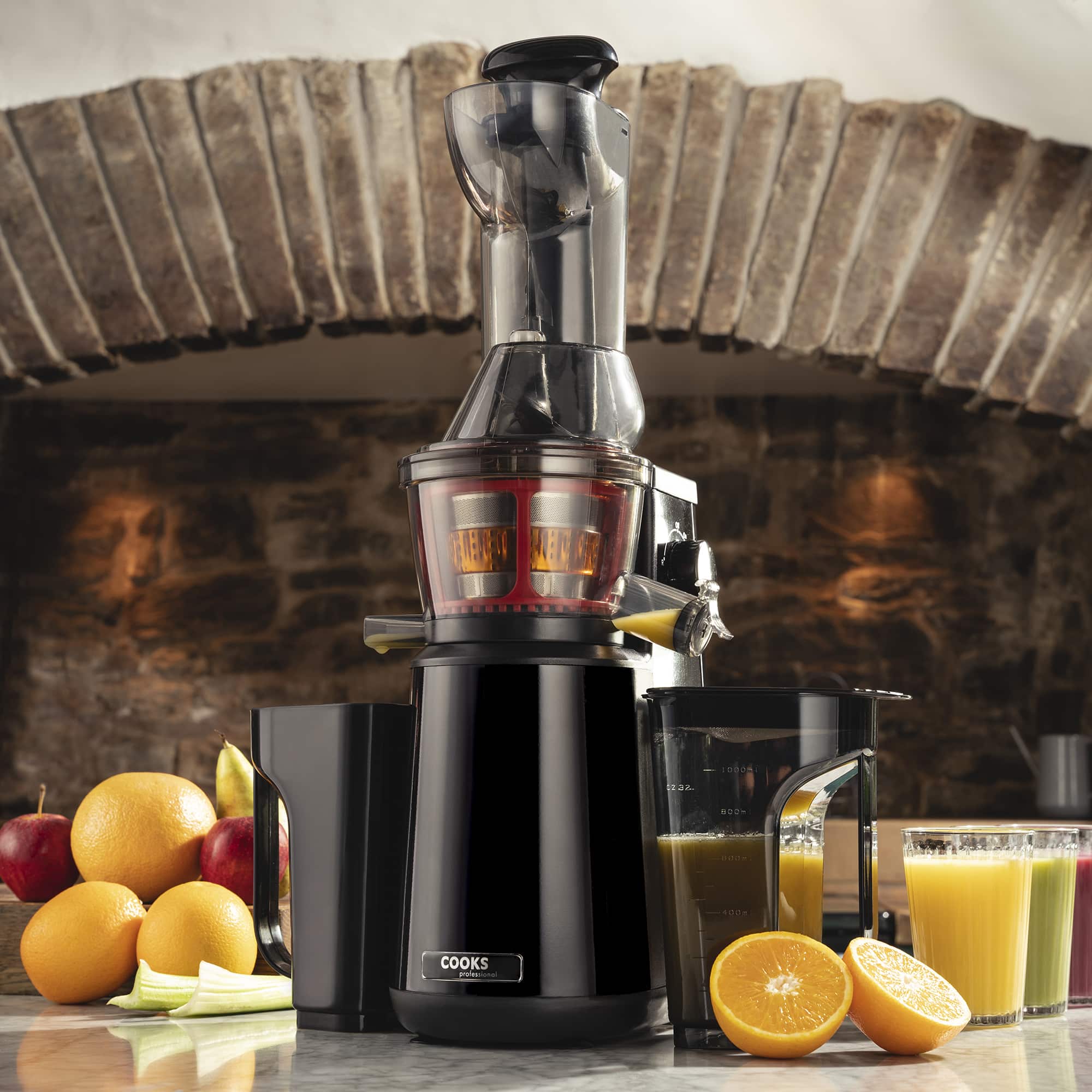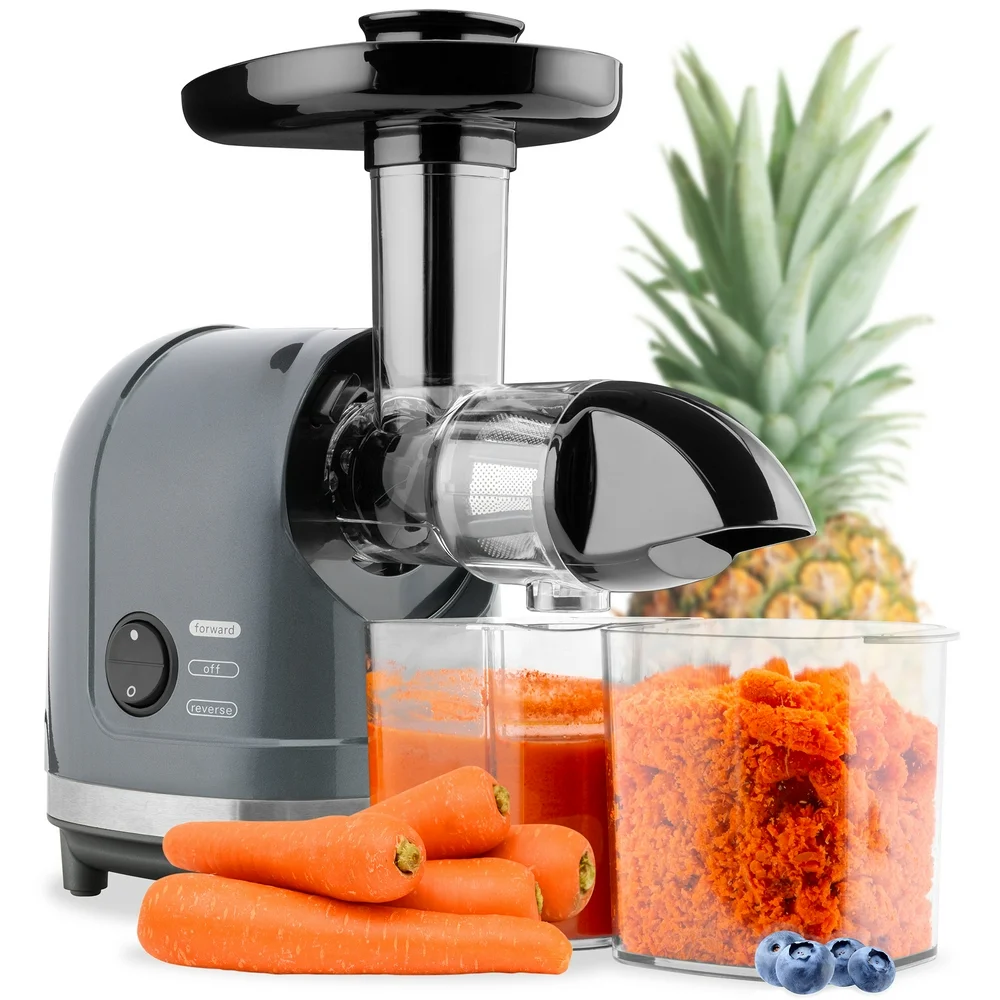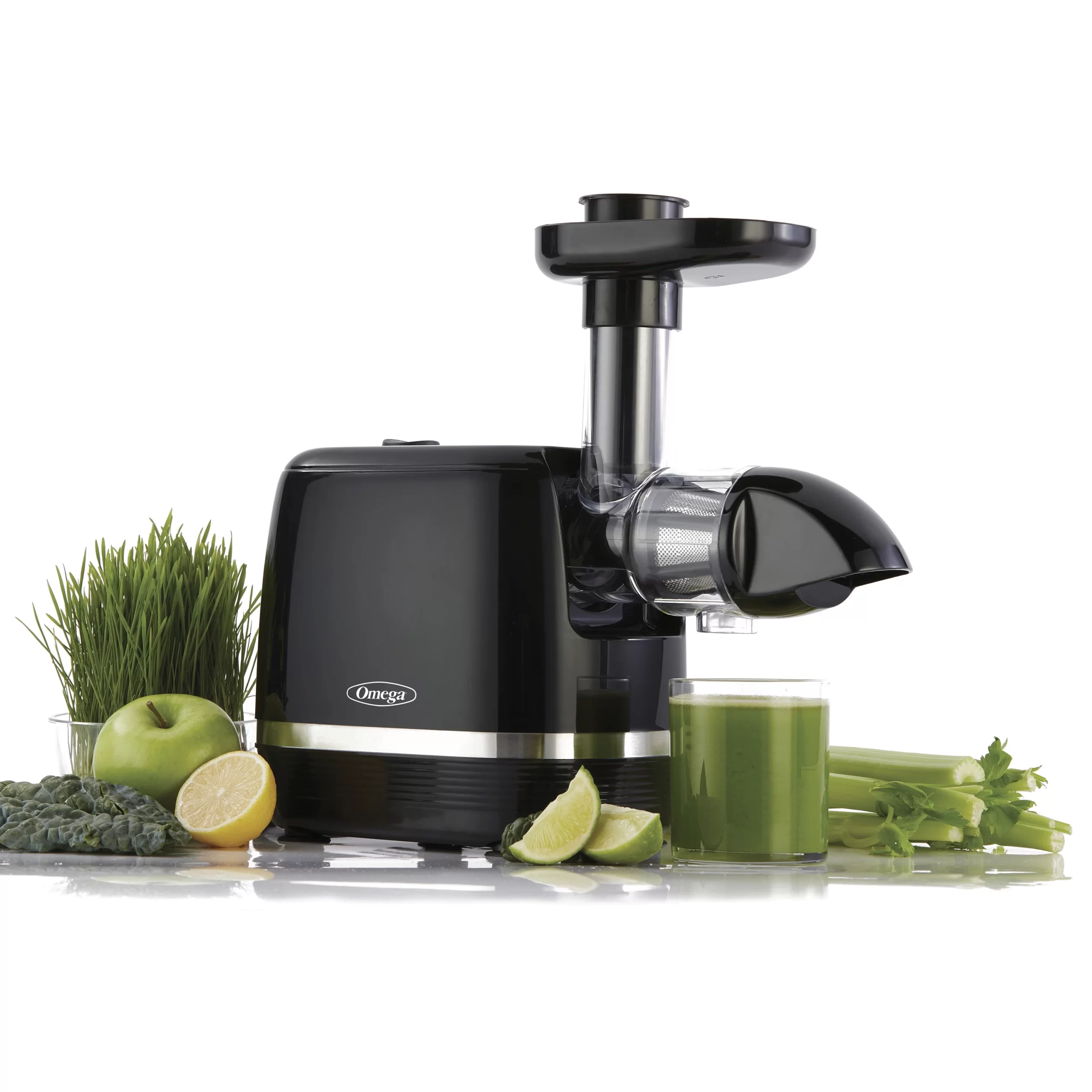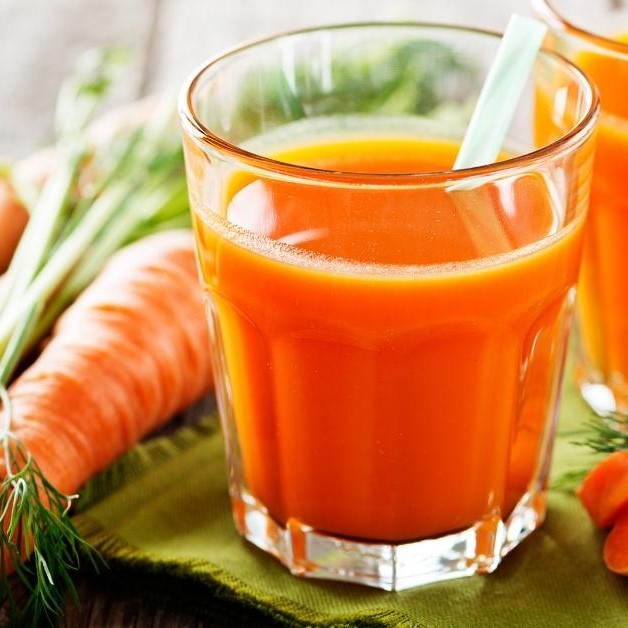
Introduction to Carrot Juicers
Juicing has gained significant traction among health-conscious individuals, and carrot juice remains one of the most popular choices. Carrots are not only delicious; they are also packed with essential vitamins, minerals, and antioxidants that can enhance overall health. Therefore, using a carrot juicer allows you to create fresh, nutrient-rich juice that you can consume daily for its health benefits and fantastic taste. Additionally, this comprehensive guide will explore how to use a carrot juicer effectively, the numerous benefits of carrot juice, and share several delicious recipes for a range of refreshing carrot-based juices.
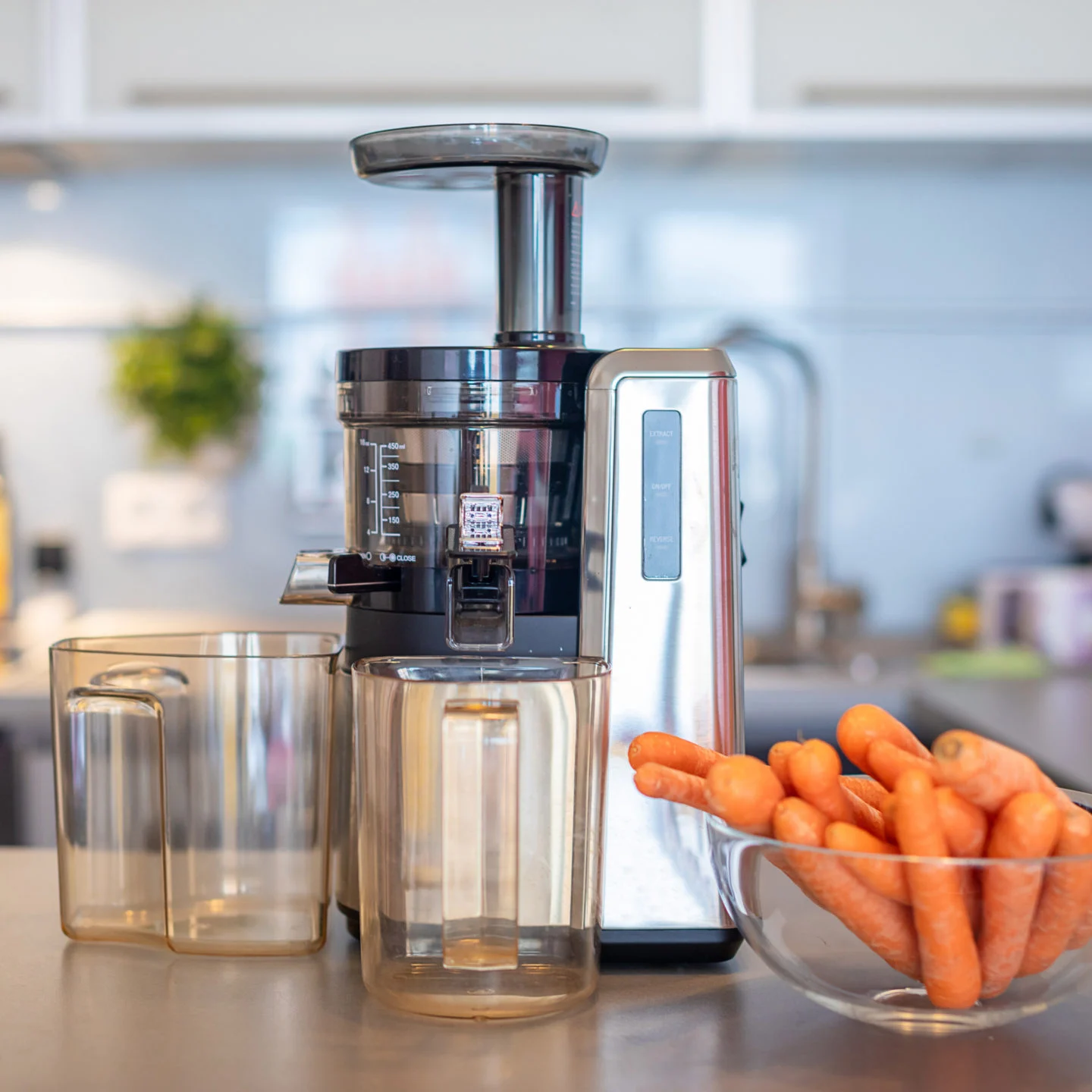 The Nutritional Power of Carrots
The Nutritional Power of Carrots
Why Carrots Are Considered a Superfood
Carrots are often labeled as a superfood due to their impressive nutritional profile. To understand the full value of carrots in your diet, consider the following points:
- Rich in Vitamins: Carrots are exceptionally high in vitamin A, which is vital for healthy vision. They also contain vitamins C, K, and B6. Moreover, a single serving of carrots can meet your daily vitamin A requirements, making them an invaluable dietary staple.
- High in Antioxidants: The antioxidants in carrots, particularly beta-carotene, help combat oxidative stress and reduce inflammation, promoting overall health and well-being.
- Low in Calories: Carrots are low in calories, making them an excellent option for individuals looking to maintain or lose weight while still enjoying a tasty beverage.
- Supports Digestive Health: Carrots are a good source of dietary fiber, aiding in maintaining a healthy digestive system. Consequently, this can help promote regularity and prevent constipation.
- Boosts Immunity: The vitamins and antioxidants found in carrots contribute to a stronger immune system, helping your body effectively fight off infections and illnesses.
How to Choose the Right Carrot Juicer
Understanding the benefits of carrot juice naturally leads to the necessity of choosing the right carrot juicer. Therefore, here’s how you can find the best one to fit your needs:
Types of Juicers
- Centrifugal Juicers: These juicers operate at high speeds, using sharp blades to chop and spin the carrots. Although they are typically more affordable and quicker, they may not extract juice as effectively as other types.
- Pros: Fast and easy to use; perfect for beginners.
- Cons: They may generate heat that destroys nutrients, resulting in less efficient juice extraction.
- Masticating Juicers: Also known as slow juicers, these devices crush and grind the carrots at a slower speed, which helps preserve more nutrients.
- Pros: Higher nutrient retention, less oxidation, and a quieter operation appeal to many users.
- Cons: Typically more expensive and takes longer to operate.
- Twin-Gear Juicers: These are premium models that feature two interlocking gears to extract juice efficiently.
- Pros: Provide the best quality juice that is rich in nutrients.
- Cons: Price point can be high, and they often require more maintenance.
Key Features to Consider
When shopping for a carrot juicer, consider the following features to ensure a worthwhile investment:
- Power and Motor Strength: A powerful motor is essential for effectively juicing tough vegetables like carrots. In general, look for a juicer that can handle hard produce easily.
- Ease of Cleaning: Opt for juicers with parts that are dishwasher-safe or designs that facilitate easy cleaning and maintenance. A manual that outlines simple disassembly is also beneficial.
- Jam Resistance: Since carrot fibers can clog juicers, a well-designed juicer should prevent jamming, allowing for smooth operation without interruptions.
- Size and Storage: If kitchen space is an issue, consider a compact design that can be easily stored away when not in use. Conversely, if you regularly juice, you might want a larger model that can handle more volume.
- Noise Level: Some juicers can be quite loud. As a result, it is essential to read customer reviews to assess how noisy the model is before making a purchase.
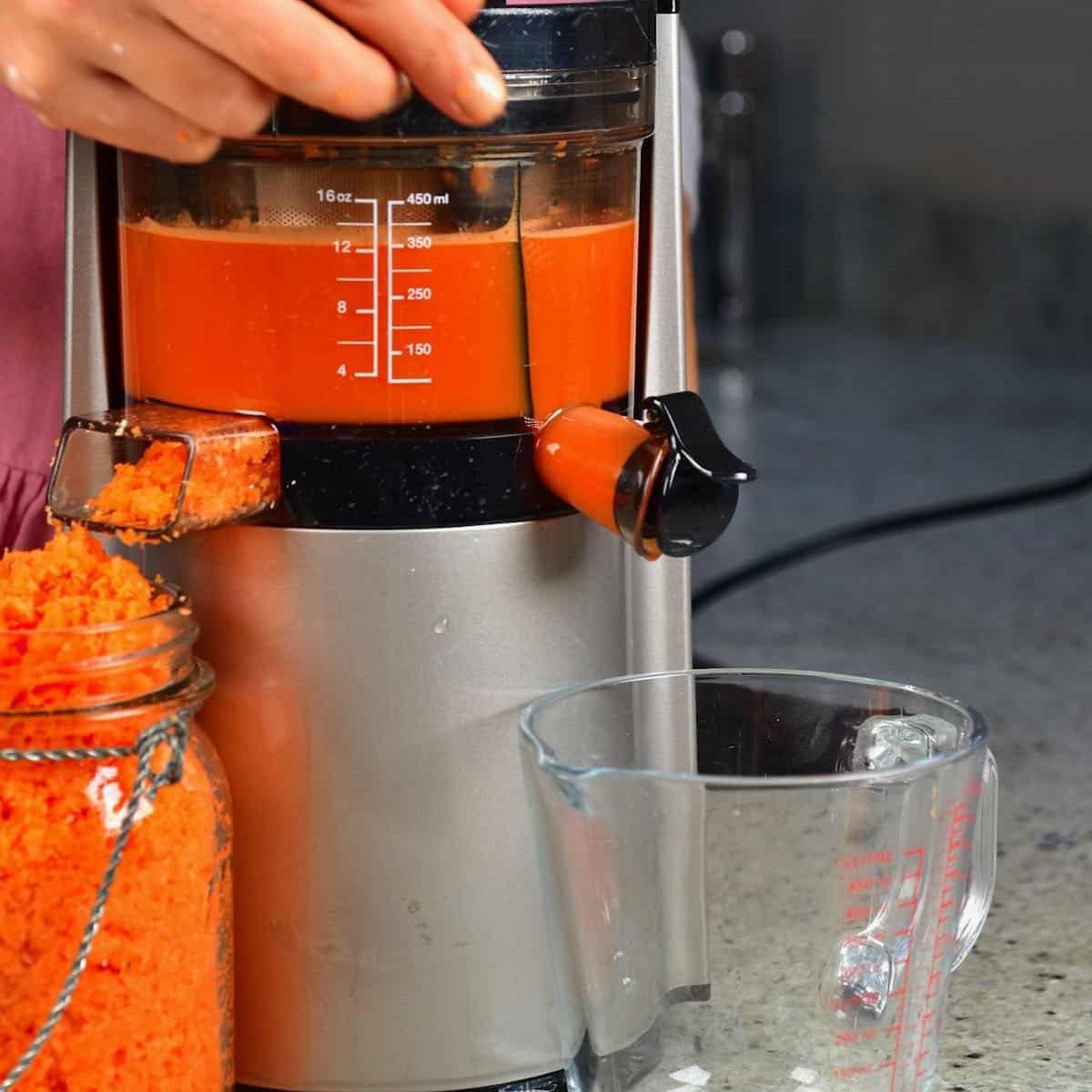 Preparing Carrots for Juicing
Preparing Carrots for Juicing
Step-by-Step Preparation
Once you have selected the right carrot juicer, it’s time to prepare your ingredients. Proper preparation is key for optimal juicing results. Follow these steps:
- Select Fresh Carrots: Choose firm, vibrant, and organic carrots for the best flavor and nutrient content. If possible, consider buying locally sourced carrots for maximum freshness.
- Wash Thoroughly: Rinse your carrots under cold running water to remove dirt and residues. While washing, using a vegetable brush can help scrub away stubborn particles.
- Peeling: Peeling is optional; however, if your carrots are not organic, peeling them is advisable to remove any chemicals. In contrast, organic carrots retain more nutrients when the skin is left on.
- Cutting: Cut carrots into smaller pieces—around 1-2 inches—to facilitate easier juicing and processing. This step will help prevent the juicer from clogging.
How to Make Carrot Juice
Now that your carrots are prepared, let’s explore the process of making delicious carrot juice using your juicer. Follow these detailed steps:
Step 1: Setup Your Juicer
Make sure your juicer is clean and properly assembled. Ensure all parts are secure and follow any specific instructions provided by the manufacturer.
Step 2: Start Juicing
Feed the prepared carrot pieces into the juicer slowly and steadily.
- For Centrifugal Juicers: You may not have to exert much force; simply place the pieces in steadily for a smooth extraction.
- For Masticating Juicers: Proceed to feed the carrots slowly, allowing the juicer to extract the maximum juice while avoiding clogging.
Step 3: Collect Your Juice
Ensure you have a clean container ready to collect the juice as it flows from the juicer. If desired, you may also want to strain the juice through a fine mesh sieve for a smoother texture.
Step 4: Enjoy Immediately
Fresh carrot juice is best enjoyed right after juicing. The nutrients and flavor peak immediately after juicing, so pour your juice into a glass and enjoy it as is, or mix it with other flavors for a refreshing drink.
Step 5: Get Creative with Add-Ins
Mixing Flavors: Explore mixing carrot juice with fruits like apples or oranges for added sweetness. Additionally, consider experimenting with spices such as ginger for a zesty kick.
Carrot Smoothies: Blend carrot juice with bananas, spinach, or yogurt for a nutrient-packed smoothie that tastes great while offering a plethora of health benefits.
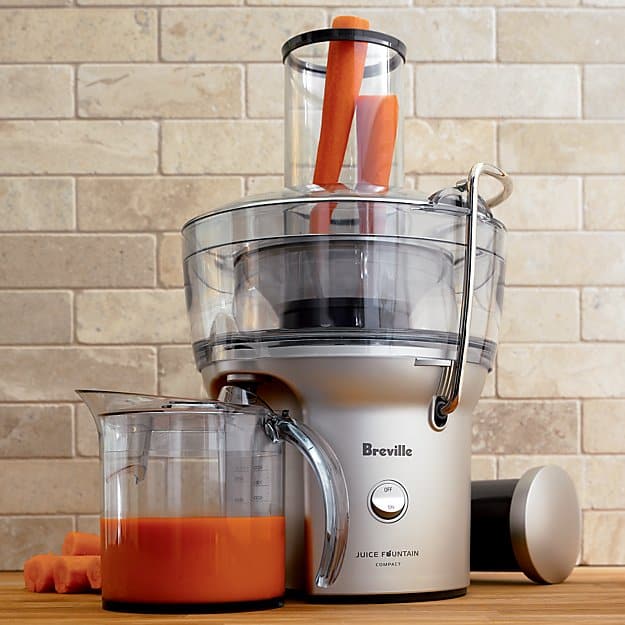 Delicious Carrot Juice Recipes
Delicious Carrot Juice Recipes
To keep your juicing journey exciting, here are some creative carrot juice recipes that you can try at home. Not only will these recipes showcase the versatility of carrot juice, but they will also enhance your enjoyment of this nutritious beverage.
1. Carrot Orange Juice
Instructions:
- Wash and peel the carrots; slice them into manageable pieces.
- Peel the oranges and separate them into segments.
- Feed the carrots and orange segments, along with ginger if using, into the juicer.
- Collect the juice, stir well, and serve chilled with ice.
2. Spiced Carrot and Apple Juice
Instructions:
- Prepare the carrots by washing, peeling, and cutting them into smaller pieces.
- Core and slice the apples into segments.
- Juice the carrots and apples together, mixed with cinnamon for additional flavor.
- Serve immediately for the best flavor and freshness.
3. Carrot Beet Juice
Instructions:
- Wash and peel the carrots and beet, then cut them into smaller pieces.
- Juice the carrots and beet together.
- Add lemon juice for a refreshing tang, stir well, and serve.
4. Tropical Carrot Juice
Instructions:
- Prepare the carrots by washing, peeling, and cutting them.
- Juice the carrots along with the pineapple chunks.
- Add lime juice for brightness and mix well before serving.
5. Carrot Ginger Lemonade
Instructions:
- Juice the carrots and ginger together.
- In a pitcher, combine the carrot ginger juice with water and lemon juice.
- Sweeten to taste, stir, and serve over ice.
6. Carrot, Kale, and Apple Juice
Instructions:
- Wash and prepare all ingredients.
- Feed the carrots, apples, and kale through the juicer.
- Mix in lemon juice before serving for a refreshing nutrient boost.
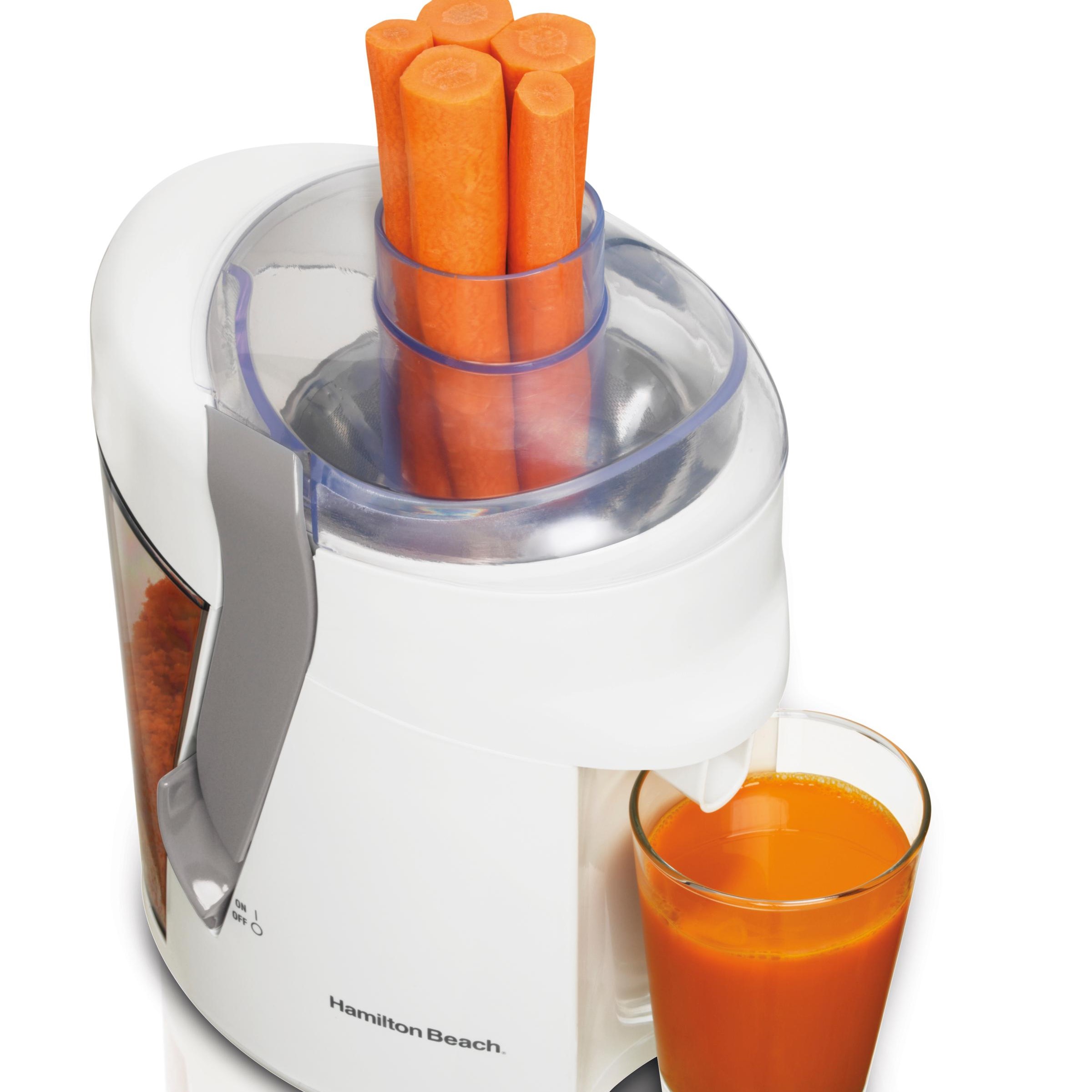 Storing Your Carrot Juice
Storing Your Carrot Juice
If you’ve made more carrot juice than you can consume at once, proper storage is essential for maintaining its freshness and nutritional value.
1. Refrigeration
Store your carrot juice in an airtight container in the refrigerator. Additionally, fresh carrot juice is best enjoyed within 24-48 hours, as the nutrients will degrade over time.
2. Freezing
For long-term storage, consider freezing your carrot juice in ice cube trays. Once frozen, transfer the cubes to a freezer bag or airtight container. This allows you to defrost and use only what you need later.
3. Separation is Normal
It’s common for freshly juiced carrot juice to separate as it sits. Simply give the container a good shake before consuming to recombine the ingredients.
Troubleshooting Common Juicing Issues
Making carrot juice at home can be straightforward, but problems may arise. Here’s how to address common juicing issues:
- Juicer Clogged: If your juicer becomes clogged, try feeding the carrots more slowly and alternating with softer fruits to help push stubborn ingredients through.
- Grainy Texture: For graininess in the juice, it may indicate the carrots weren’t juiced properly. Strain the juice again using a fine mesh strainer to achieve a smoother consistency.
- Too Much Foam: If foam is bothersome, using a masticating juicer usually reduces the foam created during juicing. Additionally, adding a bit of lemon juice may help counteract foam formation.
- Juice Separation: Juice will naturally settle as it sits. Simply shake before serving. To minimize separation, consider using lemon juice or a small amount of pulp to maintain consistency.
 Conclusion: Embrace the Benefits of Carrot Juice
Conclusion: Embrace the Benefits of Carrot Juice
Mastering how to use a carrot juicer can significantly transform both your health and your enjoyment of juice. Moreover, with the myriad benefits of carrot juice—rich in essential vitamins, beneficial for eye health, and great for supporting the immune system—juicing can be a delightful addition to your daily routine.
By understanding the types of carrot juicers available, knowing how to prepare fresh ingredients, and trying out a plethora of delicious recipes, you can create an impressive variety of refreshments at home. Moreover, learning to juice not only enables you to savor the nutrient-packed goodness of carrots but also invites creativity into your kitchen.
Whether you choose to drink it plain or experiment with add-ins, each glass of freshly pressed carrot juice is a step toward better health. So gather your ingredients, fire up your juicer, and start enjoying the refreshing, vibrant taste of homemade carrot juice today! Take your time, explore various recipes, and share your delightful creations with friends and family. With your newfound knowledge and the right tools, the journey into juicing will be both enjoyable and health-promoting. Happy juicing!
